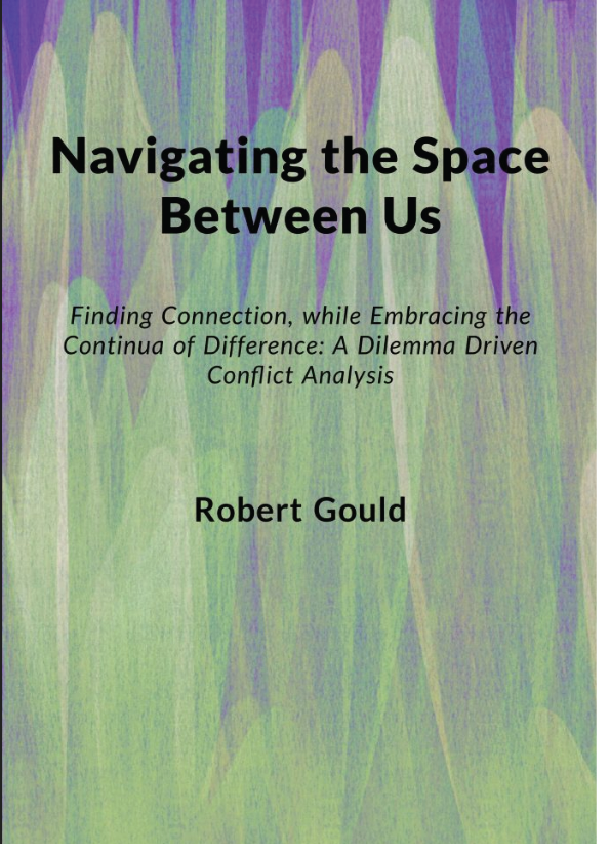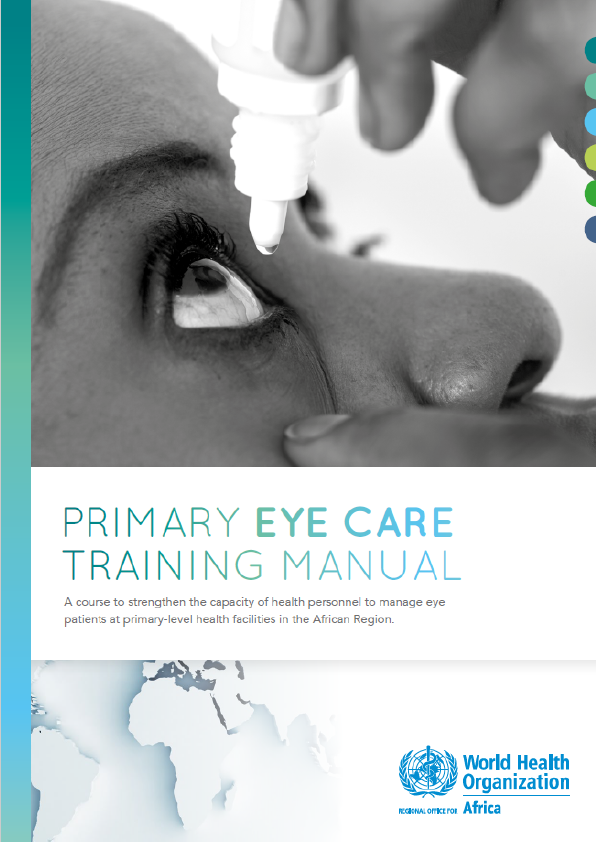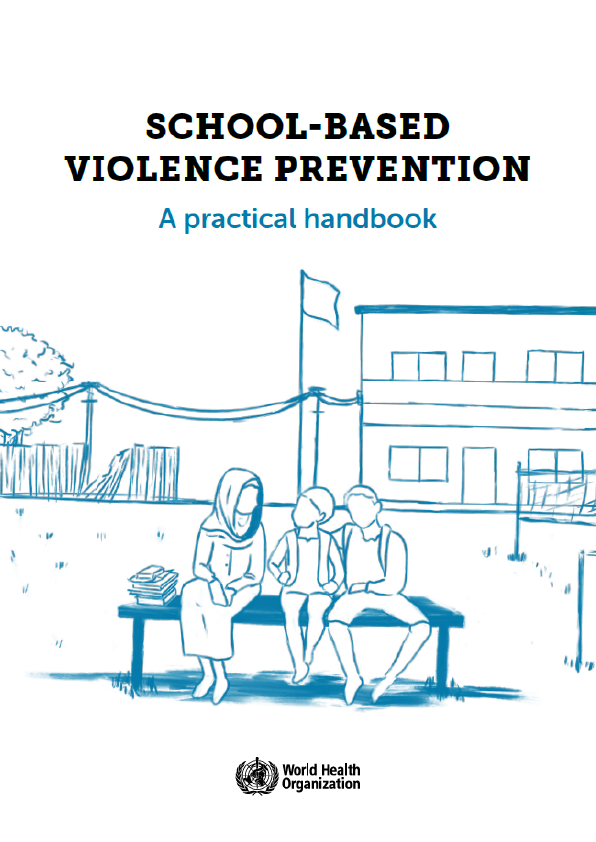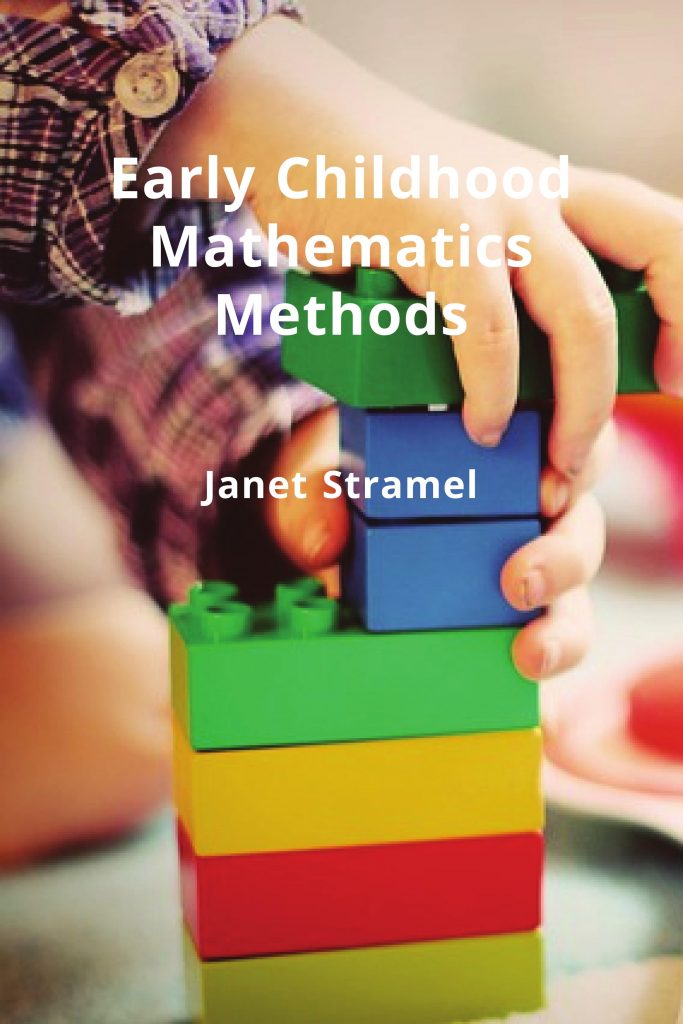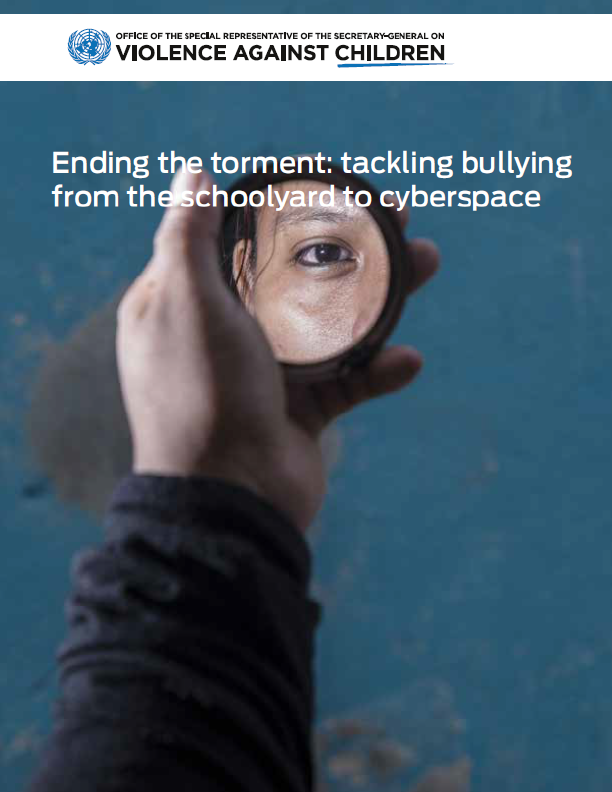This book is about the following, whether we are a disputant in conflict, or whether we are facilitating a conflict resolution process.
- First, strategies to manage our conflicts, that are often filled with emotions and differences of values and ethics. These conflicts have both external and internal dimensions, making even simple conflicts more complex. The start to this process to find a space and time, were disputants can calmly discuss differences and dilemmas.
- Second, navigating seemingly intractable conflicts, differences, and dilemmas in the most productive way possible. Progress on the intractable side of the difficulty continuum require patience and acceptance that progress will, at times, be only incremental. Furthermore, working with heated conflicts, that involve us personally, and trying to help other people with their heated conflicts, is a messy and difficult task.
- Third, this book is dedicated to helping us navigate the messiness, and build on basic human decency to begin the resolution process, nurture it’s growth, and find satisfaction in building a stronger relationship between disputants, even though the conflict itself may remain unresolved for a long time.
No one is so talented or so smart to easily calm the fires, avoid the uncertainties, ambiguities, and misinterpretations that emerge in difficult conflicts and disputes. Therefore, those of us who work with conflict must resist our own perfectionism; rather, we need to be comfortable with our mistakes and disconnections, and confident that progress is occurring—even when it appears gloomy.
Furthermore, we need to be comfortable with the mistakes and disconnections of other disputants. Foremost, conflict facilitators need to manage their emotions, and not be triggered by the emotions of the disputants. Managing emotions means managing our stress level. Managing our stress level means having some kind of meditative, or prayerful, practice that works for us.
That said, we can continually improve our ways of working with conflicts, differences, and dilemmas. This book is intended to help us get on-track to improve our seemingly intractable conflict skills and strategies. This book is intended to help you, as well as remind me, about what we need to do in a world of conflict that needs our assistance.
In more specific terms, this book attempts of open up a space between the positions, interests, differences, and dilemmas that separate us from each other, or that split up our psyches. Within that negotiating space, I suggest fifteen strategies that will help us navigate it, with the goal of understanding, compassion, empathy, and, at least, incremental progress.
My belief, and the belief of others, who work with seemingly intractable conflicts, is that there are always reasons for optimism because of those few moving parts. The strategies that I suggest, below, are aimed at finding those moving parts, and using their mobility to get back on-track toward understanding, connection, and perhaps, finding some degree of mutual progress. In this process, we will find a way to strengthen our wider human community, while strengthening our sense of integrated self.
